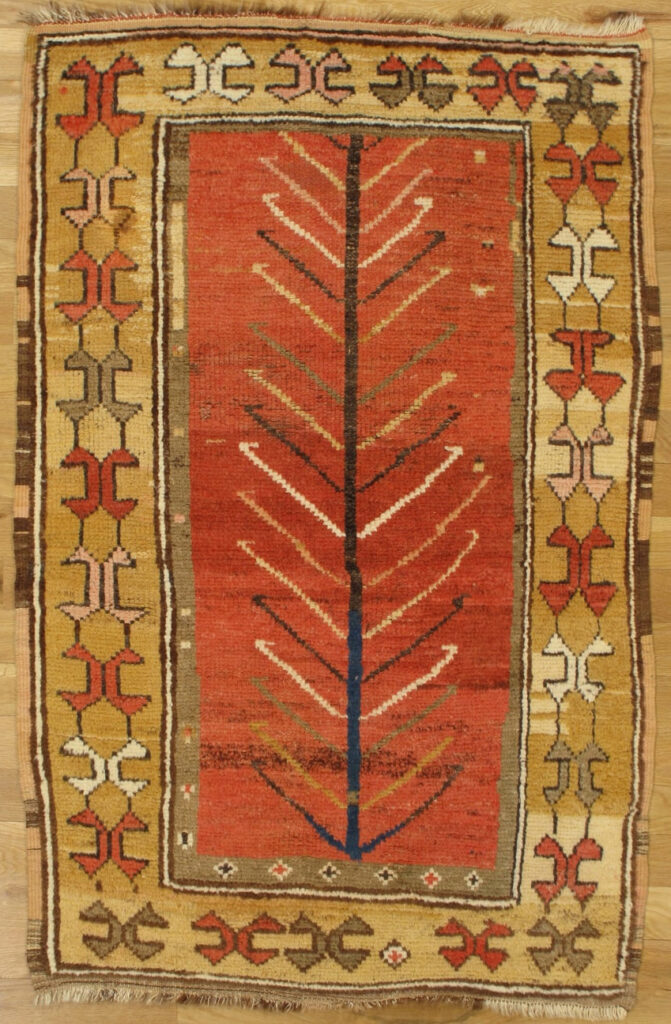When you look at a hand-knotted Anatolian rug, you’re seeing thousands of years of history and culture. Each one tells a unique story, blending traditional motifs and symbols with superior craftsmanship and quality.
These rugs are woven with threads that are tied together using symmetrical Turkish knots. This makes them durable and strong.
The Cross Motif
The cross motif is a symbol of Christianity and represents the life of Jesus Christ. It has also been used to represent the idea of eternal life. This symbol is often seen in historical rugs. It has been a popular choice for home decorating with its timeless beauty.
From the thirteenth century, rug weaving was an art form woven into daily life in Anatolia. These rugs were produced by court manufacturers, provincial workshops, village homes, tribal settlements and even nomad tents. Unique dyes, colors and weaving techniques and the inclusion of a wide variety of symbolic motifs characterized them.
Carpet weaving developed into a complex skill that allowed for the creation of a multitude of regional styles and designs. The varying materials, dyes, colors and weaving techniques make the rugs of Anatolia as diverse as the people themselves.
During the Renaissance, the artistic value of oriental rugs became widely accepted in Europe. As a result, flat woven kilims attracted the interest of scholars and collectors. Since then, flat woven rugs from all parts of the world have become objects of art and cultural history. The motifs that are found on these rugs reveal their makers’ hopes, fears, beliefs and dreams. Some motifs have been interpreted to symbolize religion, power, nobility and nature.
The Horn Motif
A horn is an organically shaped home decorating accessory that can easily add a woodsy feel to your living spaces. It can be used to create a curated and artistic table display or as a statement piece that will elevate your wintery decor.
Horns have a long history as a home decoration material and were often crafted into everyday items such as lanterns, beakers and knife handles. They were also a popular choice for jewelry, buttons and hair combs. The horn was a symbol of strength and power in many cultures. It was associated with gods and goddesses who were seen as a protector and provider. Horns were also a common feature of the mythological creature the unicorn.
Although horns have been overtaken by other materials, such as plastic, they are still a feature of folk and specialist products, such as carved horn furniture.
When paired with other natural elements such as stone and wood, the horn makes an excellent table accessory. It can also be incorporated into a window or door frame as a stylish alternative to wood or metal fixtures. This style of decoration is often used for more masculine or rustic rooms such as a man cave or entertainment area.
The Snake Motif
Snakes, with their reptilian allure and symbolism of wisdom and immortality, have long been popular decorative elements.Their ability to shed their skin evokes ideas of rebirth and the cycle of life, while their curving shapes suggest power and movement.
The serpent motif appeared in Renaissance art, and the use of it continued into the Baroque period. In the 17th century, it was used in a more dramatic way to convey the idea of the divine. Artists like Tiepolo, Rubens and Rembrandt incorporated snakes into their works to amplify the impact of a scene or tell a story.
If you’re looking for a piece of history for your home, consider adding an Anatolian rug to your space. These Turkish rugs, with their deep cultural meanings and detailed tribal designs, blend old and new in a unique way. And, with their use of natural wool and safe dyes, they’ll last a long time with just some simple care.
The Arrow Motif
Throughout history, arrows have been considered a powerful symbol of warrior strength and courage. The arrow has also been used to symbolize wayfinding and direction. It was first used on compass roses in the 14th century and later made its way onto signage as a way to point the way.
While the arrow may represent the path to a destination, it can also be a powerful tool for communication and connection. The arrow is one of the most universal symbols, and it can be found in the mythologies of cultures around the world. I
You can incorporate the arrow motif into your home by using a traditional Turkish rug. Pair a rug with teal walls and cognac leather furniture to create a room that is both elegant and comfortable.
Final Words
If you’re looking to add a touch of elegance and history to your home, Hagop Manoyan’s collection of Anatolian rugs is a fantastic choice. Hagop is a highly respected dealer known for his extensive knowledge and passion for antique rugs. His gallery offers a wide variety of Anatolian rugs, each with its own unique story and craftsmanship.
Contact him now!

